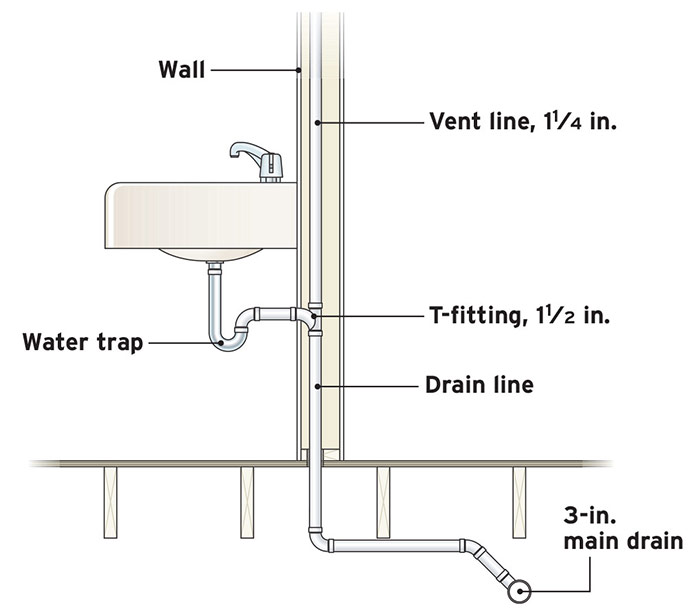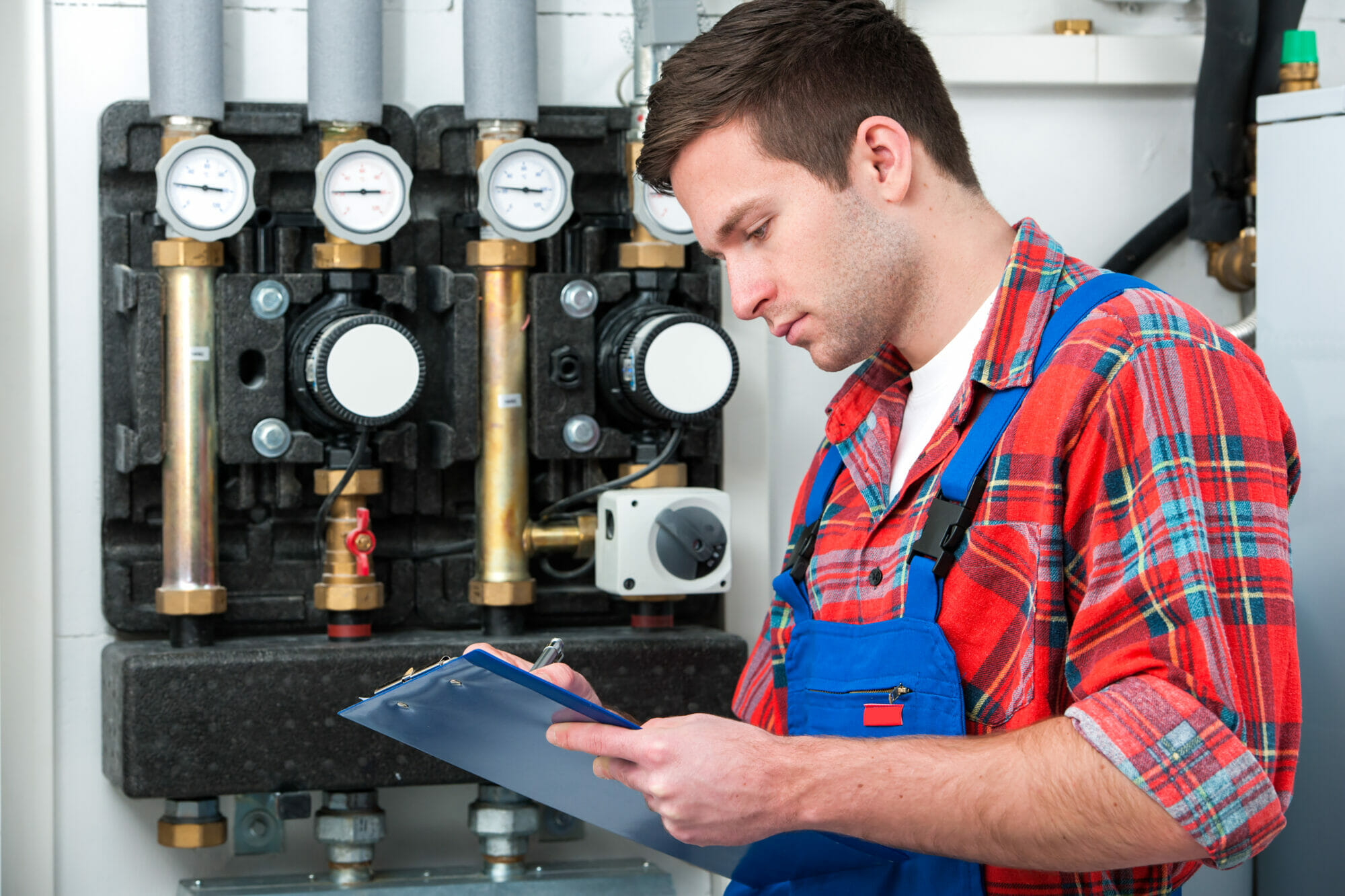Grasping The Value of Proper Ventilation in Plumbing Systems
Grasping The Value of Proper Ventilation in Plumbing Systems
Blog Article
The article which follows pertaining to What Is a Plumbing Vent and Why Is It Important is especially stimulating. Don't overlook it.

Proper ventilation in pipes systems is often overlooked, yet it is important for maintaining the performance and safety and security of your home's pipes. Air flow helps regulate atmospheric pressure, stop the build-up of hazardous gases, and guarantee the effective removal of waste. In this overview, we will certainly discover the importance of appropriate plumbing air flow, exactly how it works, and the advantages it gives your pipes system.
How Air Flow Functions in Plumbing Systems
Atmospheric Pressure Regulation
Correct ventilation preserves balanced atmospheric pressure within the pipes system. When water moves with pipelines, it displaces air. Without adequate ventilation, this displacement can create adverse pressure, causing reduce drains or siphoning of water from catches, which can cause undesirable smells to seep right into the home.
Avoiding Sewage System Gas Buildup
Among the most vital functions of pipes vents is to avoid drain gases, such as methane and hydrogen sulfide, from building up within the home. These gases can position serious health and wellness risks and are very combustible. Vent pipes allow these gases to escape securely outside.
Aiding in Waste Removal
Ventilation assists in the reliable removal of wastewater by stopping airlocks in the water drainage system. When air can flow easily with the vents, it enables water and waste to flow smoothly with the pipes, lowering the danger of blockages and back-ups.
Advantages of Correct Air Flow
Improved System Effectiveness
Effectively ventilated plumbing systems run much more successfully, with less blockages, faster draining, and less pressure on the pipelines. This efficiency extends the life-span of the plumbing system.
Improved Air High Quality
By avoiding sewage system gases from entering your home, appropriate ventilation contributes to far better indoor air high quality, making your living setting healthier and a lot more comfy.
Stopping Water Damage
Sufficient ventilation aids avoid water from being siphoned out of catches, which can result in sewage system gases getting in the home and triggering water damages in time.
Actions to Ensure Correct Ventilation
Consulting Plumbing Codes
Always consult local plumbing codes when developing or modifying your plumbing system. These codes give the necessary standards for correct venting and guarantee your system fulfills safety criteria.
Routine Assessment and Upkeep
Normal assessments can assist determine potential air flow problems prior to they come to be major problems. Maintenance tasks, such as cleaning up air vent pipelines and looking for obstructions, are crucial for maintaining the system in good working order.
Specialist Installment
For new installations or major alterations, it's wise to work with a professional plumber. They have the know-how to ensure the air flow system is appropriately designed and set up according to code.
Recognizing Air Flow in Pipes
Air flow in pipes refers to the network of pipelines that permit air to flow through the drain system. These vents serve multiple objectives, consisting of managing air pressure within the pipes, avoiding drain gases from entering the home, and aiding in the smooth flow of wastewater.
Kinds Of Plumbing Vents
Key Heap Vent
The primary stack vent, additionally referred to as the air vent stack, is the primary air vent in a plumbing system. It prolongs from the major drainpipe line up with the roof covering, enabling gases to get away and fresh air to enter the system.
Branch Vent
Branch vents attach to the primary stack vent and serve specific fixtures, such as sinks, bathrooms, and showers. These vents guarantee that each fixture has appropriate air flow to function properly.
Air Admittance Shutoff (AAV).
An Air Admittance Shutoff (AAV) is a one-way valve that permits air to go into the pipes system without the requirement for a standard air vent pipeline extending through the roofing. AAVs are frequently used in improvements or areas where mounting a typical vent is not practical.
Signs of Poor Ventilation in Plumbing.
Slow Draining Fixtures.
If your sinks, tubs, or commodes are draining gradually, it could be an indication of inadequate ventilation. Insufficient air flow can create a vacuum cleaner result, making it challenging for water to drain appropriately.
Gurgling Sounds.
Gurgling noises coming from drains are often an outcome of air being drawn through water traps because of adverse stress in the pipes. This is a clear indicator of not enough air flow.
Unpleasant Odors.
Sewage system odors inside your home are a red flag that your plumbing system is not appropriately aerated. This might suggest that sewer gases are not being properly vented outside, leading to possibly hazardous conditions.
Usual Air Flow Errors.
Poor Vent Sizing.
Making use of undersized air vent pipelines can result in poor air flow and pressure imbalances in the system. It's essential to make use of vents that satisfy the particular needs of your pipes system.
Improper Vent Positioning.
Placing vents also far from the components they offer can reduce their effectiveness. Appropriate positioning makes sure that air can stream openly and effectively through the system.
Ignoring Code Needs.
Building regulations supply specific guidelines for plumbing ventilation. Neglecting these codes can cause a system that fails to work properly and might result in pricey repair work or carcinogen.
Conclusion.
Correct air flow is a vital component of any pipes system, making sure that it works efficiently and safely. By recognizing the relevance of ventilation, identifying the indicators of inadequate ventilation, and taking actions to keep your system, you can stop pricey concerns and safeguard your home's air high quality.
What is a Plumbing Vent and it's used for?All plumbing systems in residential and commercials construction have a plumbing vent. It doesn’t just vent unwanted odors from the drainage system to the outside; it actually serves an important purpose by supplying air to the system.
The plumbing drainage system is actually called a drainage, waste and vent (DWV) system. When water flows down the piping, an air supply (vent) is needed to allow the water to flow. Think of the vertical pipe as a drinking straw. If you plug the top end of a straw, liquid won’t drain from it.
The DWV system in your building consists of a series of pipes connected to each fixture; they extend above each fixture, and the system terminates at an open pipe that extends through the roof. This piping allows air into the system and prevents unbalanced pressures in the piping.
?The vent also prevents the system from drawing water out of a trap at the fixture with the characteristic “glug-glug-glug” as the drain gasps for air. Plumbing traps should drain smoothly and never “glug” or gasp for air.
If you have a drain that empties slowly or gurgles as it drains, this may indicate a venting problem. If you flush a toilet and the sink gurgles, there’s definitely a vent problem. It is good idea to have a Plumber check this.
https://www.ameliashomeinspection.com/blog/what-is-a-plumbing-vent-and-its-used-for

I'm certainly very occupied with What Is A Plumbing Vent & How Do They Work? and I hope you enjoyed reading my blog entry. Appreciated our blog? Please quickly share it. Let someone else find it. I thank you for your readership.
Go Company Report this page